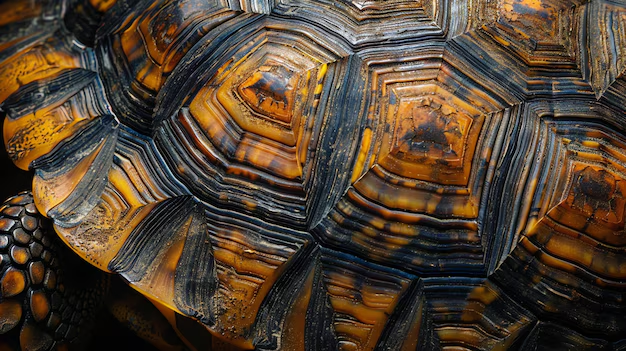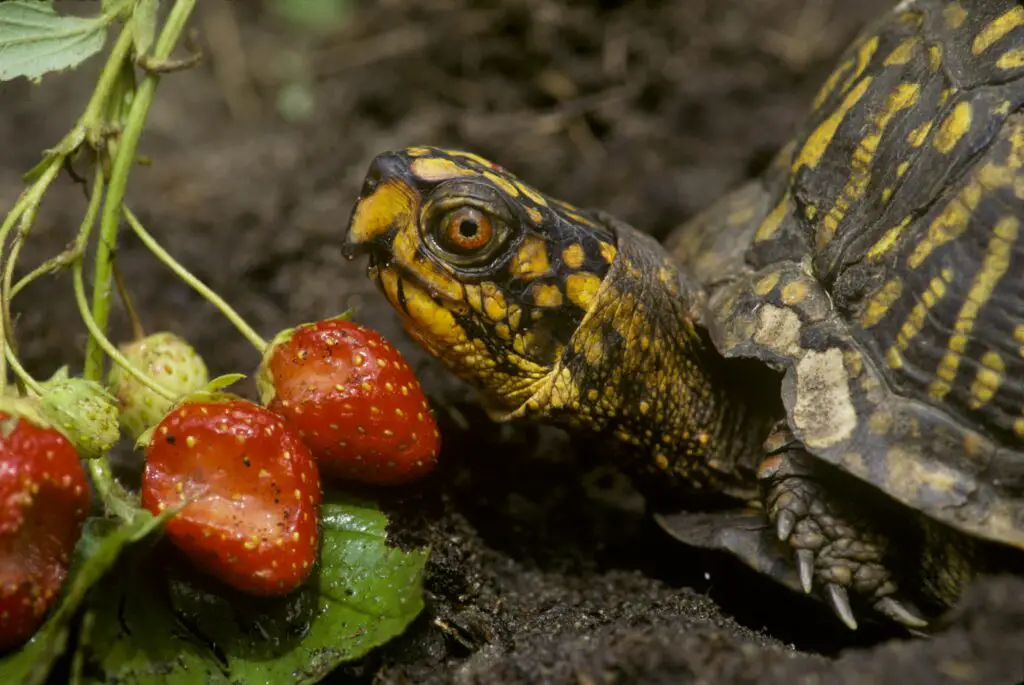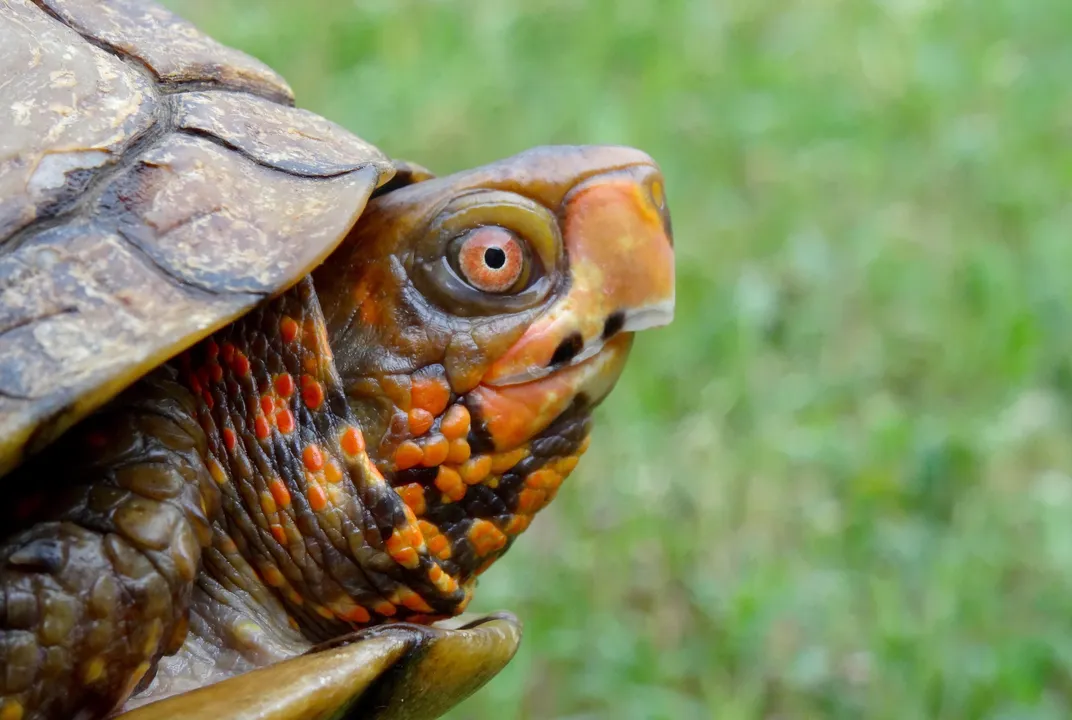Box turtles are among the most charming and resilient creatures in the reptile world. Known for their unique hinged shell that allows them to completely enclose themselves, these small land turtles are a fascinating subject of study. Here are some amazing facts about box turtles that highlight their incredible adaptability and unique characteristics.
1. Unique Hinged Shells: The Ultimate Defense Mechanism
One of the most defining features of box turtles is their hinged plastron (the bottom part of their shell), which allows them to completely close their shell, protecting them from predators. This ability is quite rare among turtles and gives the box turtle its name. The shell acts like a fortress, providing excellent defense against threats. This remarkable adaptation helps them survive in various environments, from forests to grasslands.

2. Longevity: Living Life in the Slow Lane
Box turtles are known for their longevity, often living 30 to 50 years in the wild, with some individuals reaching over 100 years. Their slow and steady lifestyle, combined with a diet that includes a mix of plants, insects, and small animals, contributes to their impressive lifespan. This makes them one of the longest-living reptiles in the world.
3. Incredible Navigational Skills
Despite their slow pace, box turtles have impressive navigational skills. They are known to have a strong homing instinct, which means they can find their way back to their home range even after being moved several miles away. Scientists believe they use the Earth’s magnetic field, the sun’s position, and even landmarks to navigate.
4. Diet: Omnivorous and Opportunistic Eaters
Box turtles are omnivores, meaning they eat a variety of foods, including fruits, vegetables, insects, and even small amphibians. Their diet can change depending on the season and the availability of food sources. They are particularly fond of berries and mushrooms, some of which are toxic to humans but harmless to these turtles.

5. Colorful and Distinct Shell Patterns
Each box turtle has a unique shell pattern, much like a fingerprint. Their shells often display beautiful, vibrant patterns of yellow, orange, and brown, which can help with camouflage in their natural habitats. The patterns also differ between species and individuals, making each turtle visually distinct.
6. Slow Reproduction Rate: A Challenge for Survival
Box turtles reproduce slowly, with females laying just a few eggs per year, which are often buried in the soil. The eggs are vulnerable to predators, and it can take several years for a box turtle to reach maturity. This slow reproductive rate, combined with threats from habitat loss and traffic, makes conservation efforts critical for their survival.
7. Cold-Weather Adaptations: Brumation
In colder climates, box turtles undergo a process called brumation, similar to hibernation in mammals. During this period, they become less active and can remain buried underground for months to survive the cold weather. This ability to slow down their metabolism allows them to withstand extreme temperature fluctuations.
Final Thoughts
Box turtles are not just slow-moving reptiles; they are ancient survivors with remarkable traits that have allowed them to thrive for millions of years. Their unique adaptations, fascinating behaviors, and beautiful appearance make them a vital part of their ecosystems and a species worth protecting.
These captivating creatures continue to amaze scientists and animal lovers alike. By understanding and appreciating their unique traits, we can contribute to their conservation and ensure that these incredible turtles continue to roam our forests and fields for generations to come.




